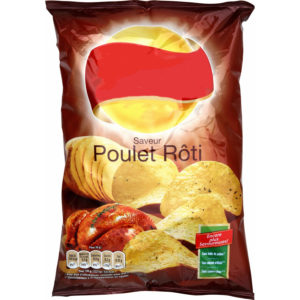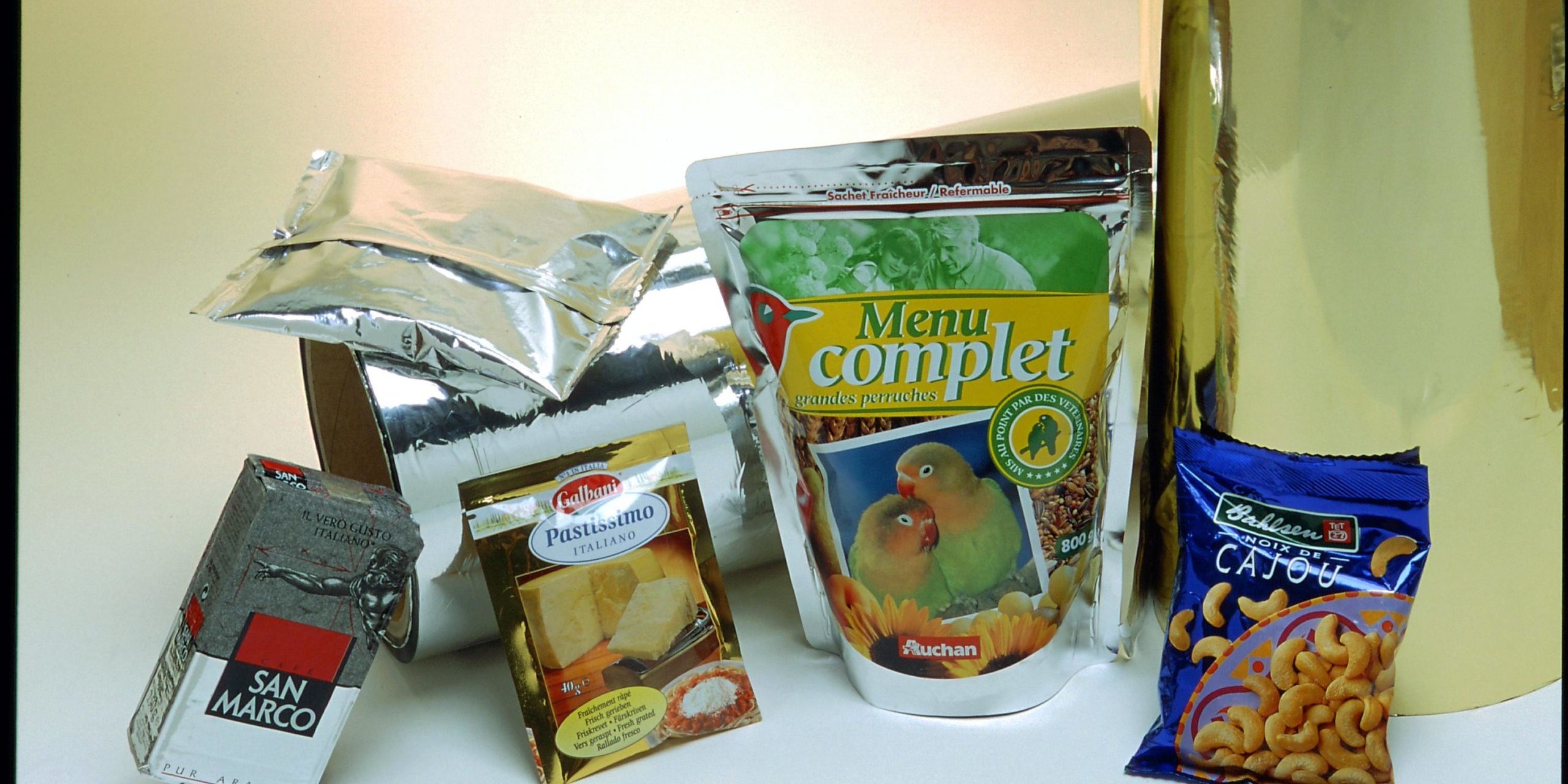
The demand for replacement of aluminum foil in the packaging industry is a recurring topic. This material, the second most used after iron, is perceived as having a high environmental footprint, and several brands want to find an alternative solution. This article will try to shed light on the technical specifications of aluminum and give some examples of replacements already made or in progress.
In 2015 the annual production of aluminum foil was 860,000 tons (Alufoil source). The main advantages of this material are:
- The barrier level: this is the most effective solution in terms of barrier to moisture and gases. This makes it particularly suitable for food packaging because it keeps the properties of food and therefore is a powerful tool to reduce food waste.
- Shape memory: the aluminum sheet adopts the shape when it is compressed against a tray or a dish.
- Very good heat resistance characteristics.
- Its recyclability: it requires only 5% of the energy needed to produce it.
Impacts on health: at the present time, no collective scientific expertise makes it possible to implicate aluminium in the pathologies sometimes erroneously mentioned (such as Alzheimer’s) in the media, according to the ANSE (National Health Safety Agency).
From this ambitious and demanding specification, innovative solutions have emerged to find replacement alternatives to aluminum foils:
- Tubes laminated with aluminum : Cosmetic tubes often use a layer of aluminum as an internal barrier. As described in the above-mentioned example, it is a PE / alu / PE complex. The aluminum foil can here be substituted by a highly metallized PET (heavy load), enabling IT to have a better recycling rate as it will be a 100% plastic solution.
- Paper/PVDC Another example of substitution of aluminum foil is the sealing sector. A paper coated with PVDC will give practically the same barrier characteristics as an aluminum foil. In addition, this will result in recyclable packaging and reduced CO2 emissions.
- Multi-material flexible pockets : The flexible pouches are mainly intended for the sector of food packaging (e.g. coffee) and must therefore, offer a perfect protection of the food against gas and light. To guarantee this protection, a complex multi-layer structure is necessary: an aluminum foil is therefore added to the layers predominantly based on polyethylene, polyester or polyamide. In general, the combination of aluminum and plastic complicates or even makes it impossible to recycle the packages in a flow of plastic. It is now possible to replace aluminum foil in the commonly used PET / Alu / PE or PA / Alu / PE structures with a metallized polyester, with the following structure PET / High load metallized PET / PE. These structures can also be substituted by a high load metallized BOPP, in order to have a very high barrier to water vapor and oxygen. The structure will be as follows: PET / BOPP metallized heavy load / PE.
In summary, even if the aluminum foil has in many respects unbeatable technical characteristics, there is a stated desire to replace it in order to:
- Improve the environmental impact of its use,
- Reduce the weight of the packaging (1m² of 12 microns aluminum foil weighs about 32g, while 1m² of polyester 12 microns metallic weighs only 17g).
Its replacement will increase, and for now it is too early to know categorically how fast this change will happen. Several innovations have already taken place, we can bet that others will emerge very soon.
Renaud Vuillet
Marketing Manager

